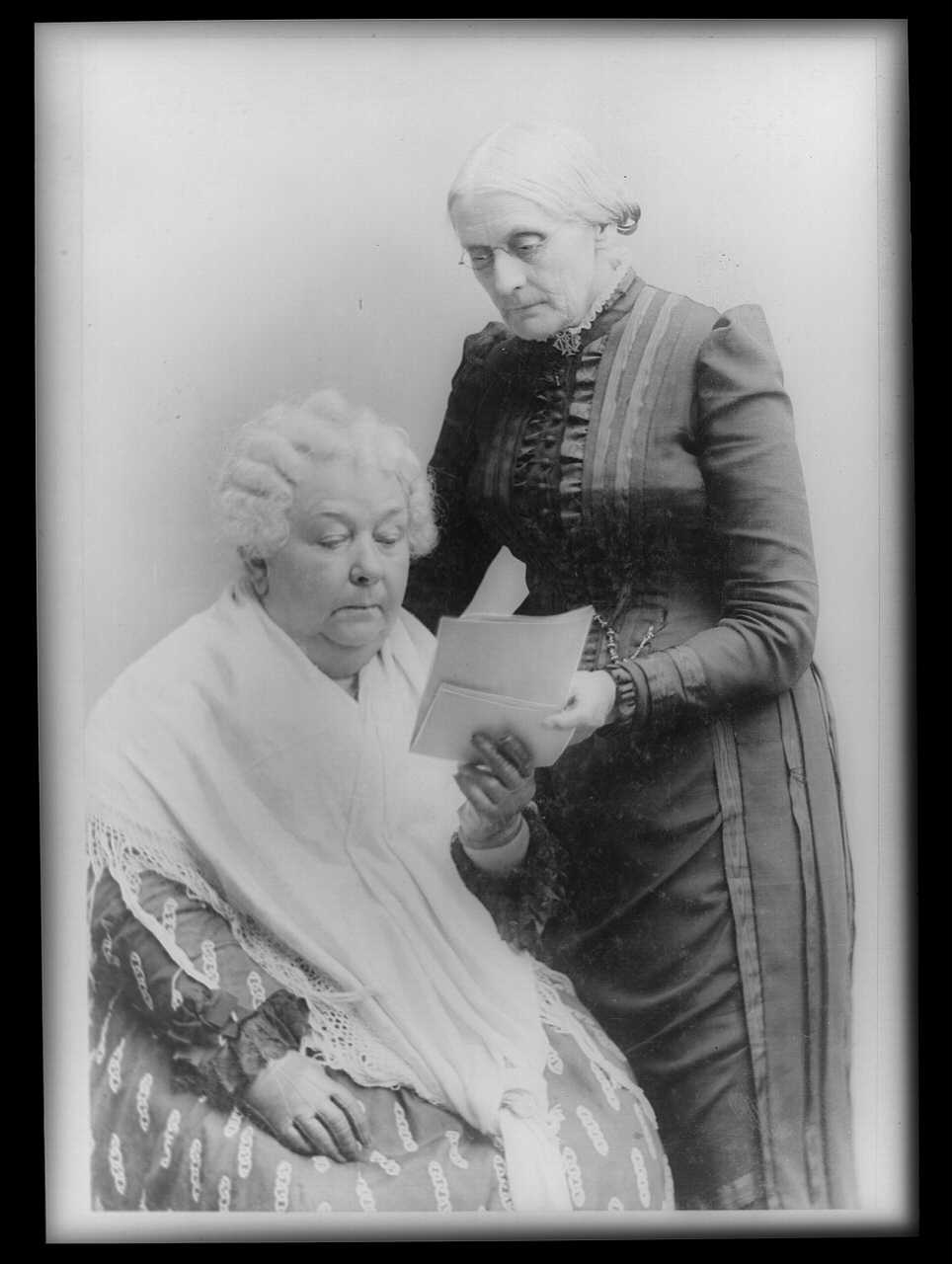
In June 2020 — 100 years ago —women won the right to vote in all elections in the United States. It took an exceedingly long time, with a lot of progress made over more than 15 decades.
1646: Only property owners at the time could vote, and lawyer Margaret Brent attempts to cast a vote in Maryland’s colonial assembly. She’s rejected.
1756: Lydia Taft is permitted to vote in a town meeting in Uxbridge, Massachusetts — as a proxy for her husband, Josiah Taft, who had died.
1776: Mere days before the colonies declare independence from England in July, New Jersey adopts a constitution, with a provision allowing all adults who own a certain amount of property to vote. That allowed unmarried or women to vote, but not married women, because all their property was legally their husbands’. (It’s later amended so only white male landowners can vote.)
1838: Kentucky passes a state law giving women the right to vote in elections on tax and school issues, if they are the head of their household.
1846: At the New York State Constitutional Convention, six women, all of whom own property, demand that the organization grant women the same civil rights afford men, including voting. Their official request is rejected.
1848: More than 300 women attend A Women’s Rights Convention in Seneca Falls, New York. Organized by civil rights crusader Elizabeth Cady Stanton, 100 women sign an official Declaration of Sentiments demanding the right to vote. This is the moment that historians regard as the official kickoff of the women’s suffrage movement.
1849: Deeming the idea of women voting “unusual,” a bill to allow that process in Michigan dies in a state senate committee. Five years later, a similar bill in the Washington territory fails to pass the legislature by one vote.
1861: After being granted statehood, Kansas passes a state constitutional provision giving women the right to vote…in school district elections. A year later, property-owning white women with children in Oregon are extended the same pleasure.

Elizabeth Cady Stanton & Susan B. Anthony
1868: A proposed Sixteenth Amendment to the U.S. Constitution is introduced by Indiana congressman George Julian, which would give women the vote. It fails to pass.
1872: The small Equal Rights Party nominates Victoria Woodhull as its presidential candidate. Her main issue is giving women the vote — and she can’t even vote in that year’s election. Susan B. Anthony tries to vote in that election, in New York, and is arrested. (She’s later pardoned by President Grant.)
1890: Wyoming becomes a state, and brings with it a territorial law allowing women the right to vote in all elections. Wyoming is now the first state with women’s suffrage. By the turn of the century, Colorado, Utah, and Idaho have done the same.
1919: The House of Representatives and the Senate pass the 19th Amendment, granting women to vote. A year later, Tennessee becomes the 36th and deciding vote, and women’s suffrage becomes constitutionally guaranteed. Immediately, women can now vote in 21 states where they previously could not.
August 18th, 2020: The 19th Amendment is officially ratified!
“The right of citizens of the United States to vote shall not be denied or abridged by the United States or by any State on account of sex.”
To learn more about the fight for the right to vote, check out Show Me History! Susan B. Anthony: Champion for Voting Rights! available now from Portable Press.








